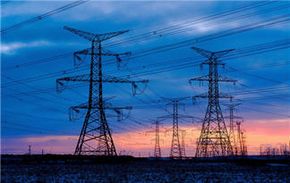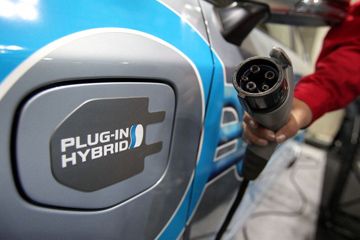The smart grid uses computer technology to improve the communication, automation, and connectivity of the various components of the power network. This allows -- as an example -- for bulk transmission of power gathered from multiple generation plants. It also improves distribution by relaying information from consumers to transformers and generation plants.
One key element to this system is the installation of smart meters in homes and businesses. Replacing the traditional analog meters, these digital devices are capable of two-way communication -- relaying information about both supply and demand between producers and consumers.
The data collected via smart meters, too, is essential to the function of the smart grid. By analyzing this data, power generation plants are able to better predict and respond to periods of peak demand. This allows them to reduce production when less power is needed and quickly ramp up generation when peak periods approach.
By harnessing the power of computers, communications, and data analysis technologies, the smart grid improves the flexibility and efficiency of the traditional grid and opens up new opportunities for more intermittent generation methods -- like wind and solar -- and new stresses to the network, like electric cars.

